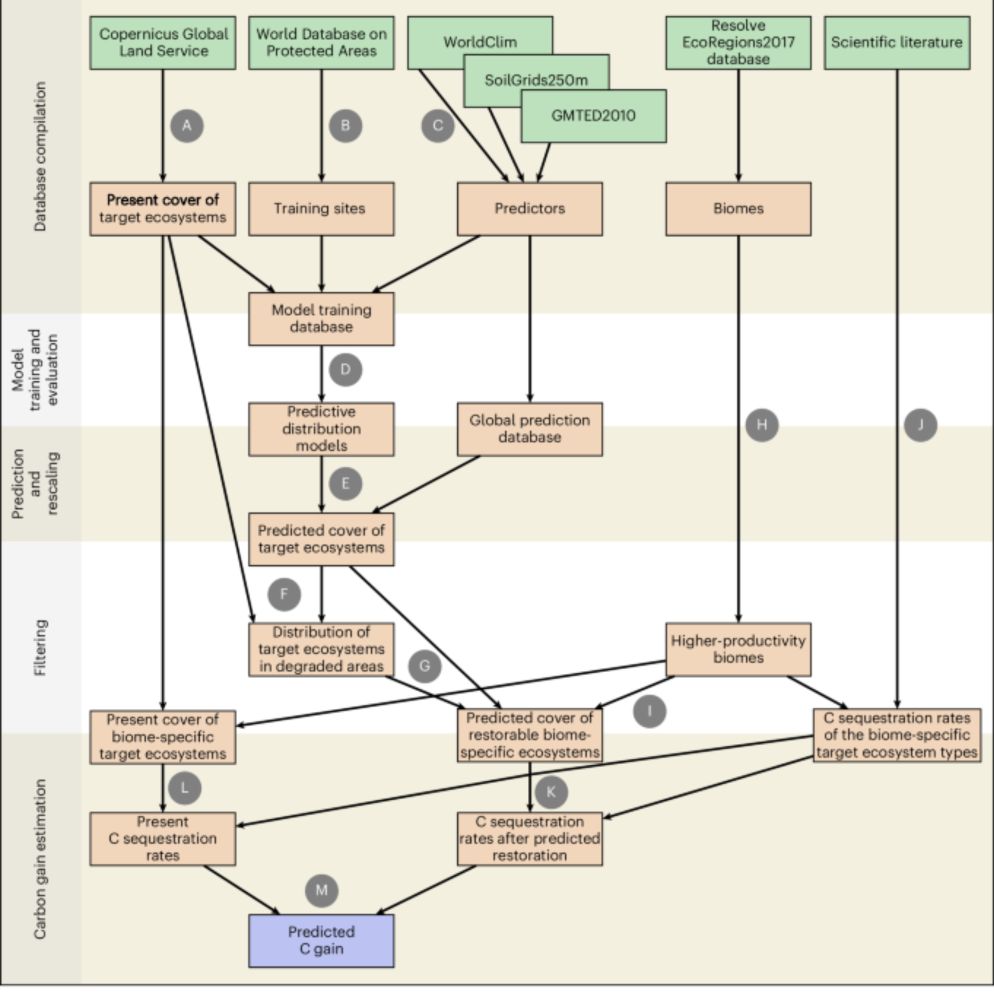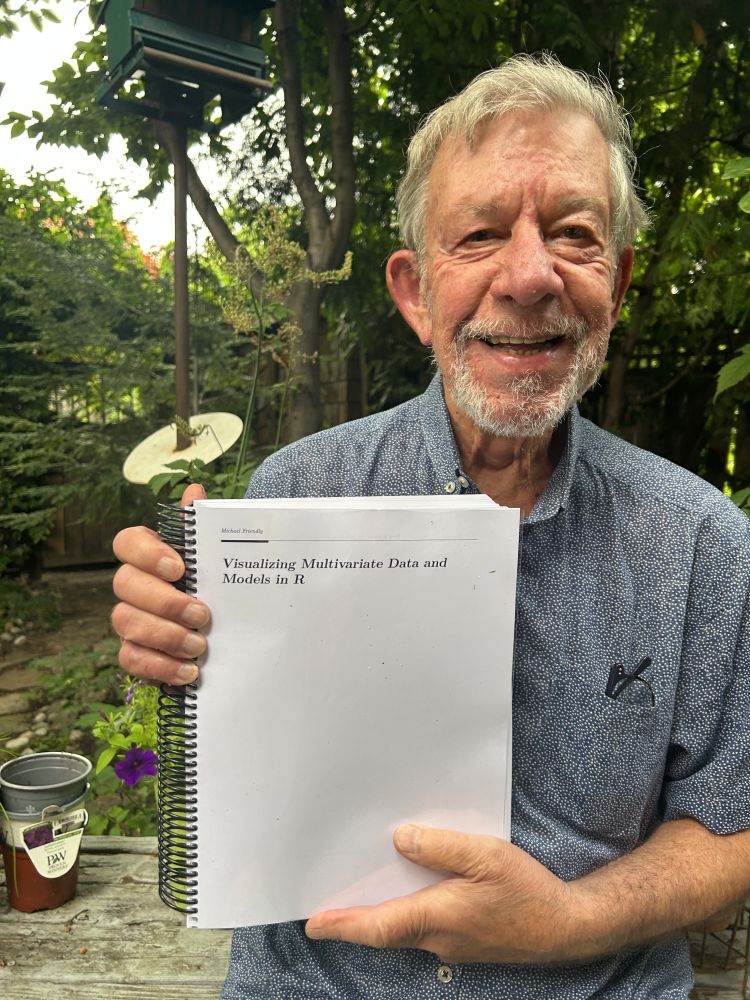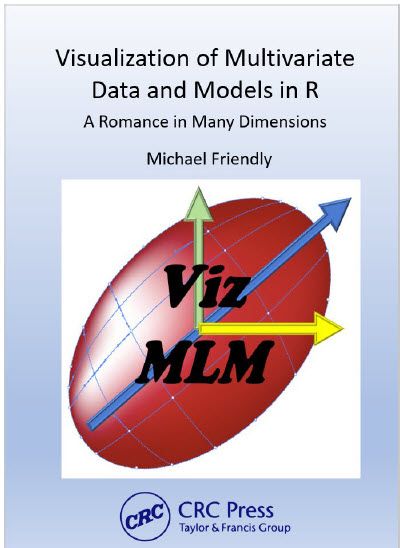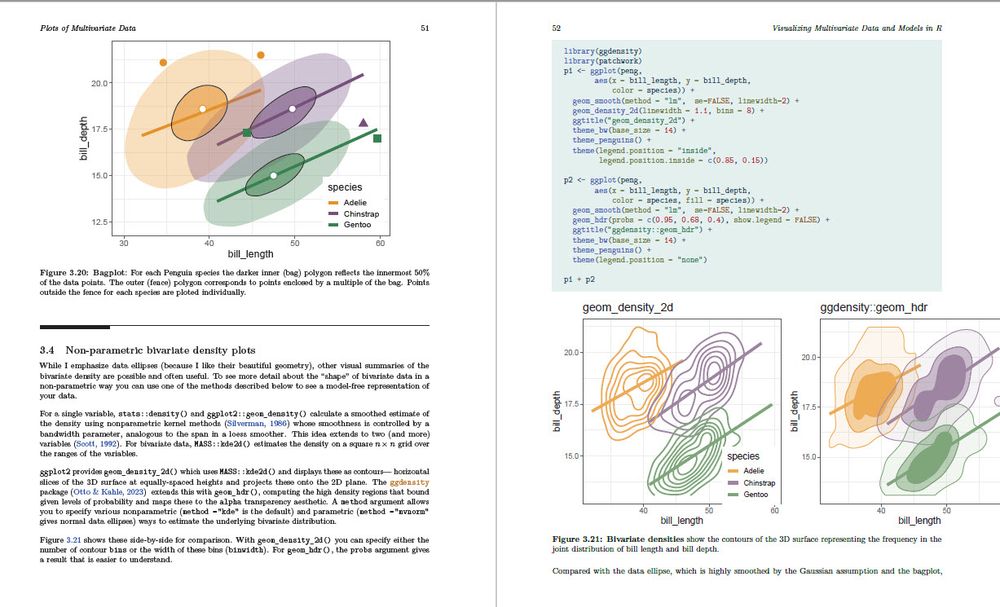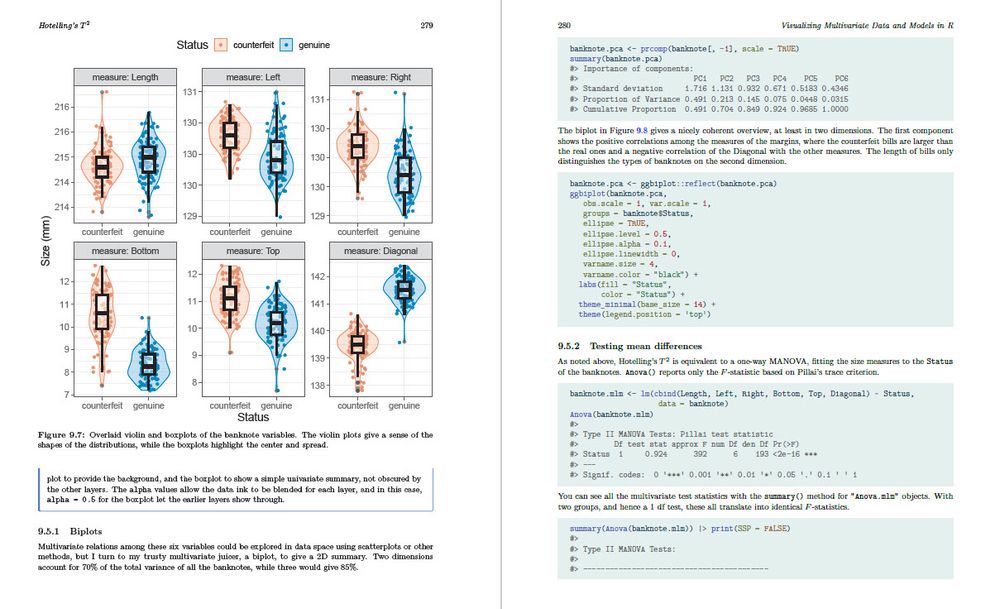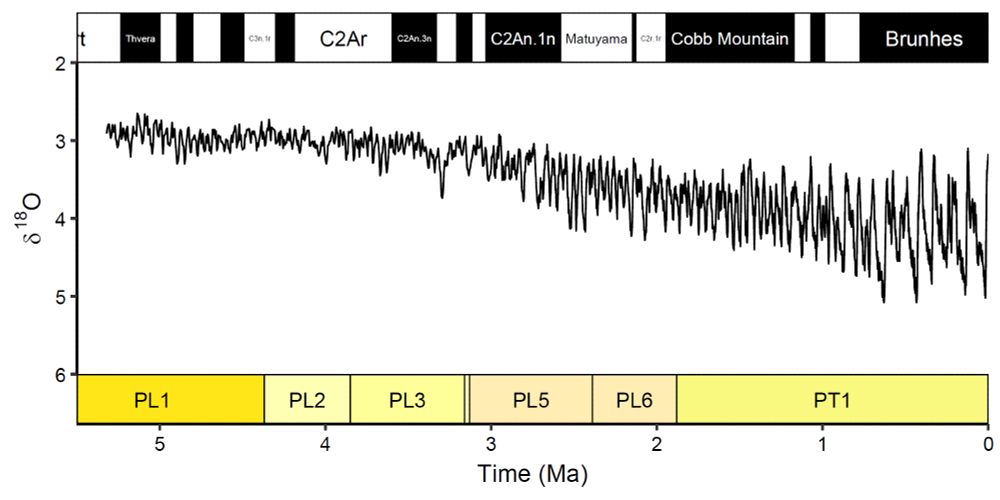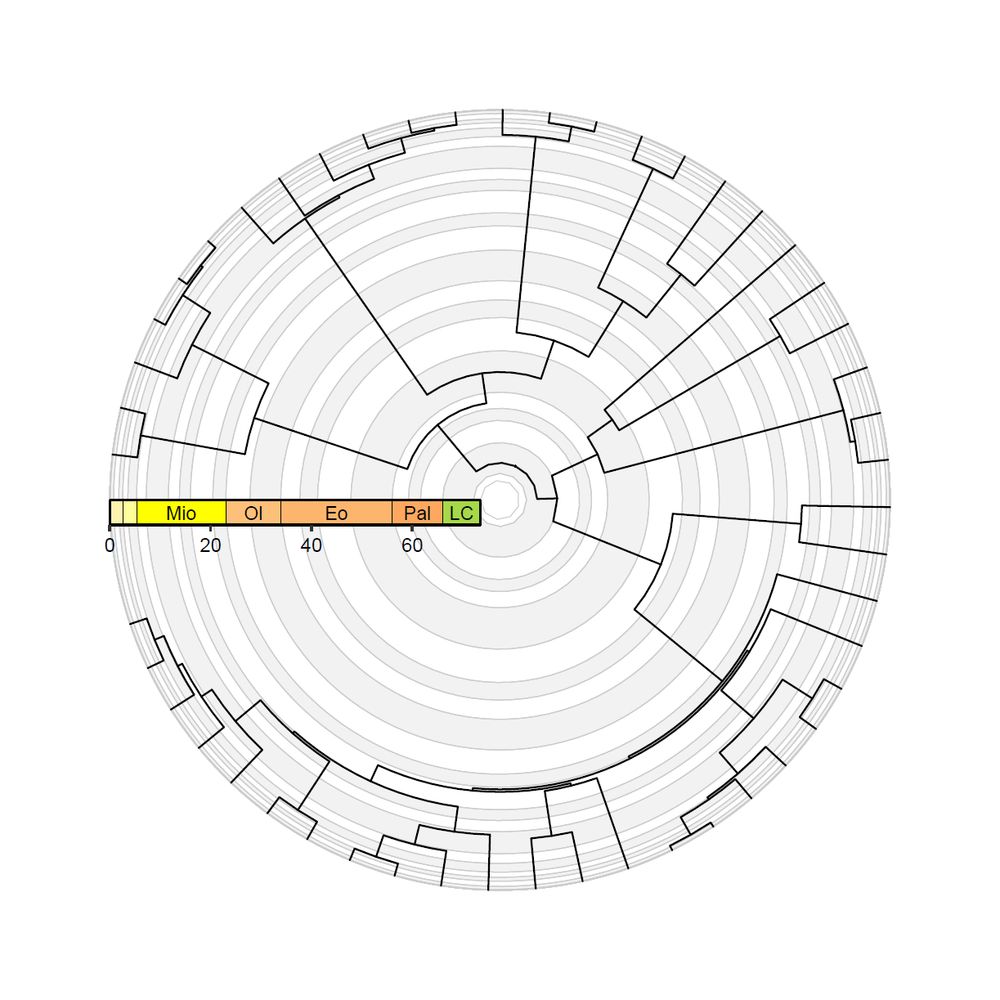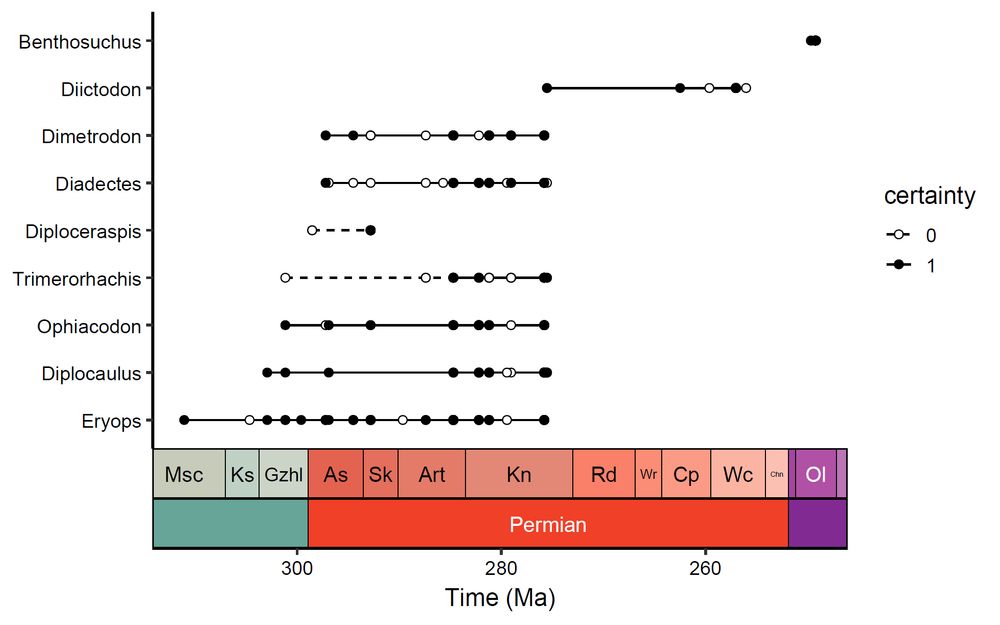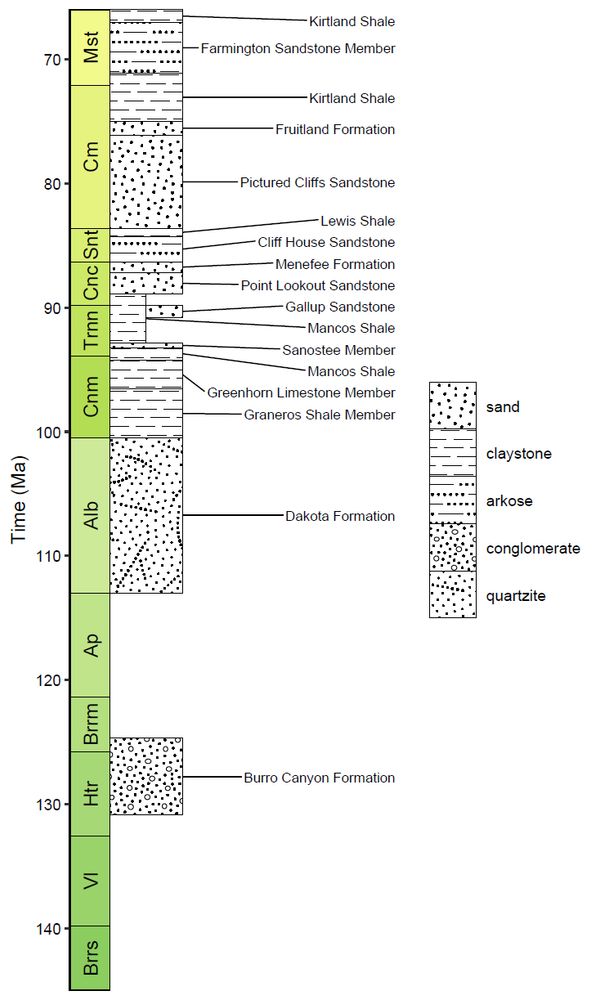Evert de Froe
@evertdefroe.bsky.social
280 followers
730 following
5 posts
Marine scientist at Wageningen Marine Research in the Netherlands. Studying estuarine and Arctic ecosystems.
https://www.researchgate.net/profile/Evert-De-Froe
Posts
Media
Videos
Starter Packs
Reposted by Evert de Froe
Reposted by Evert de Froe
Reposted by Evert de Froe
apoorva lal
@apoorvalal.com
· 17d

Making sense of principal component analysis, eigenvectors & eigenvalues
In today's pattern recognition class my professor talked about PCA, eigenvectors and eigenvalues.
I understood the mathematics of it. If I'm asked to find eigenvalues etc. I'll do it correctly li...
stats.stackexchange.com
Reposted by Evert de Froe
Reposted by Evert de Froe
Reposted by Evert de Froe
Reposted by Evert de Froe
Reposted by Evert de Froe
Reposted by Evert de Froe
Reposted by Evert de Froe
Cas Ⓜ️udde
@casmudde.bsky.social
· Aug 19

Scientists no Longer Find Twitter Professionally Useful, and have Switched to Bluesky
Synopsis. Social media has become widely used by the scientific community for a variety of professional uses, including networking and public outreach. For
academic.oup.com
Reposted by Evert de Froe
Reposted by Evert de Froe
Reposted by Evert de Froe
Reposted by Evert de Froe





















